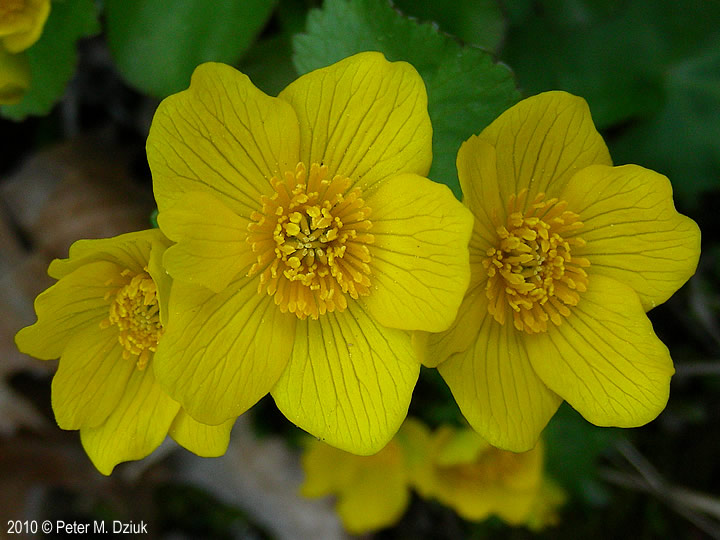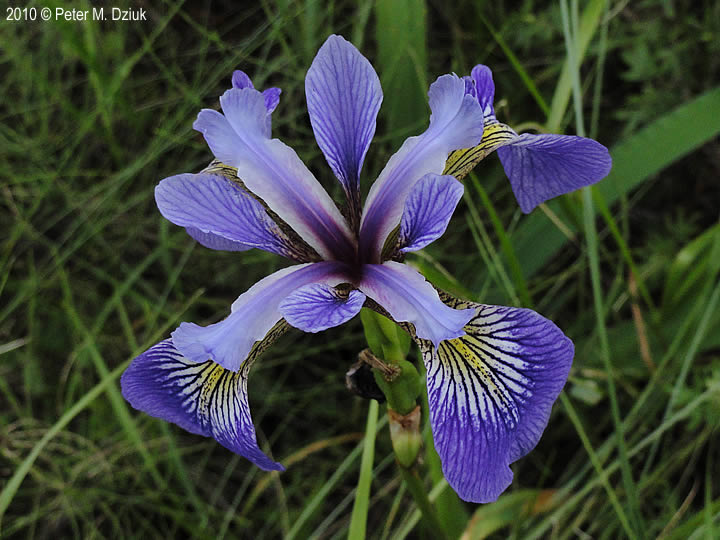How to Make Your Own
Rain Garden!
Step 1: Before beginning to create or buy anything to make a rain garden, first check in with the city and get it approved. If you want more information on this part of your plan, do a Google search to find out more about the kind application process that your city has for building rain gardens.
Step 2: Make a plan!
Design the rain garden that you want to create. While planning, make sure to factor in where your rain garden is located. If there is a lot of sun hitting the area, then make sure to buy plants that can handle a lot of sun. Factor in the type of land that your rain garden will be, so for example, if the land is normally very wet or moist year round, make sure to look for plants that can take on a lot of water. Also, remember that rain gardens are made to collect and filter water that flows into it, so be sure to get plants that are native to the area. Minnesotan native plants usually have long roots, and long roots filter water to the water table better than plants with short roots. The key to planning a rain garden is to factor in all of the variables, weather wise, soil wise, place wise, because if you don't you might not get the results you expected. Also, when designing the garden, factor in plant heights, and which ones work better with water and shade and ones that work better with drier soil and sunlight. Measure your garden too! Take into account length, width, and depth. Make a blueprint of your garden and set it to scale. When you are creating the blueprints for your garden, make a key, with certain colors representing certain plants, and then put those colors on a map and use them for the radius of the plant that will be growing there (the radius is the size of the plant when it's fully grown). This way you can take into account the end result as you decide where to put which plant.
Step 3: Dig in!
After planning, your next step is to measure out the garden and set up a perimeter, then start to get rid of whatever is there that you don't want there, like grass, weeds, etc. It's best to start with a clean slate when it comes to creating a rain garden.
Step 4: Begin to lay out your plants!
Before putting your plants/seeds in the ground, lay them out where you want them to grow and see if you like how that looks. Also, it ensures that you plant your plants/seeds in the correct place, just like in your blueprints. Once you have it all laid out, begin planting! Hopefully by the end of the day, you've planted it all out to how you'd like it to grow.
Step 5: Maintain you rain garden!
In the beginning, your rain garden will need to be weeded and watered weekly in order to grow. Once the plants have fully grown and established themselves, the amount of maintenance the rain garden requires will decrease because the plants will be able to grow on their own. This does not mean that you should neglect your rain garden. For example, if there is a bit of a dry spell, it would probably be a good idea to water it. Also, when it comes to weeding, it's up to you how frequently you weed your garden once it is fully grown; at least once a month should be enough. A rain garden is designed to be mostly hands off.
Design the rain garden that you want to create. While planning, make sure to factor in where your rain garden is located. If there is a lot of sun hitting the area, then make sure to buy plants that can handle a lot of sun. Factor in the type of land that your rain garden will be, so for example, if the land is normally very wet or moist year round, make sure to look for plants that can take on a lot of water. Also, remember that rain gardens are made to collect and filter water that flows into it, so be sure to get plants that are native to the area. Minnesotan native plants usually have long roots, and long roots filter water to the water table better than plants with short roots. The key to planning a rain garden is to factor in all of the variables, weather wise, soil wise, place wise, because if you don't you might not get the results you expected. Also, when designing the garden, factor in plant heights, and which ones work better with water and shade and ones that work better with drier soil and sunlight. Measure your garden too! Take into account length, width, and depth. Make a blueprint of your garden and set it to scale. When you are creating the blueprints for your garden, make a key, with certain colors representing certain plants, and then put those colors on a map and use them for the radius of the plant that will be growing there (the radius is the size of the plant when it's fully grown). This way you can take into account the end result as you decide where to put which plant.
Step 3: Dig in!
After planning, your next step is to measure out the garden and set up a perimeter, then start to get rid of whatever is there that you don't want there, like grass, weeds, etc. It's best to start with a clean slate when it comes to creating a rain garden.
Step 4: Begin to lay out your plants!
Before putting your plants/seeds in the ground, lay them out where you want them to grow and see if you like how that looks. Also, it ensures that you plant your plants/seeds in the correct place, just like in your blueprints. Once you have it all laid out, begin planting! Hopefully by the end of the day, you've planted it all out to how you'd like it to grow.
Step 5: Maintain you rain garden!
In the beginning, your rain garden will need to be weeded and watered weekly in order to grow. Once the plants have fully grown and established themselves, the amount of maintenance the rain garden requires will decrease because the plants will be able to grow on their own. This does not mean that you should neglect your rain garden. For example, if there is a bit of a dry spell, it would probably be a good idea to water it. Also, when it comes to weeding, it's up to you how frequently you weed your garden once it is fully grown; at least once a month should be enough. A rain garden is designed to be mostly hands off.


















